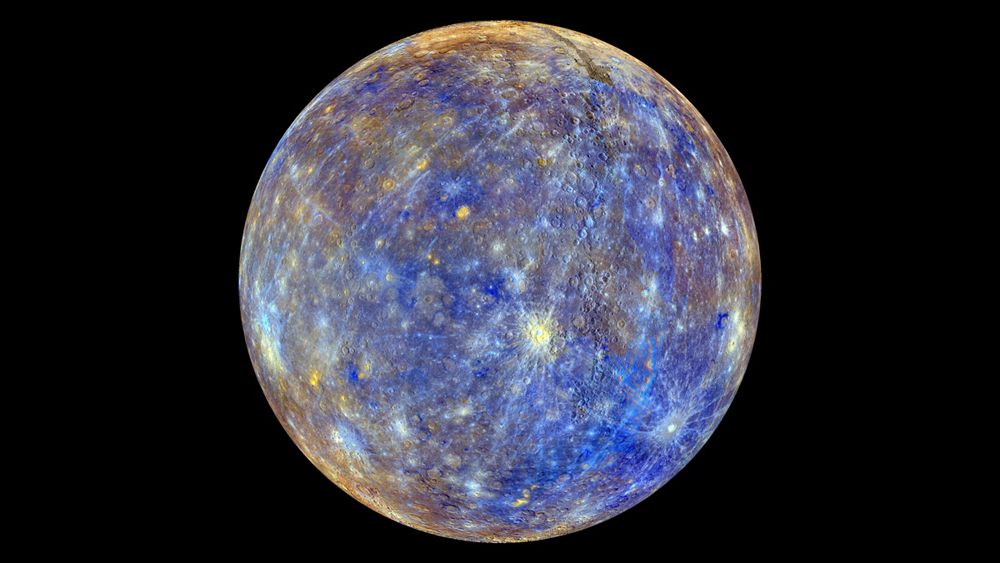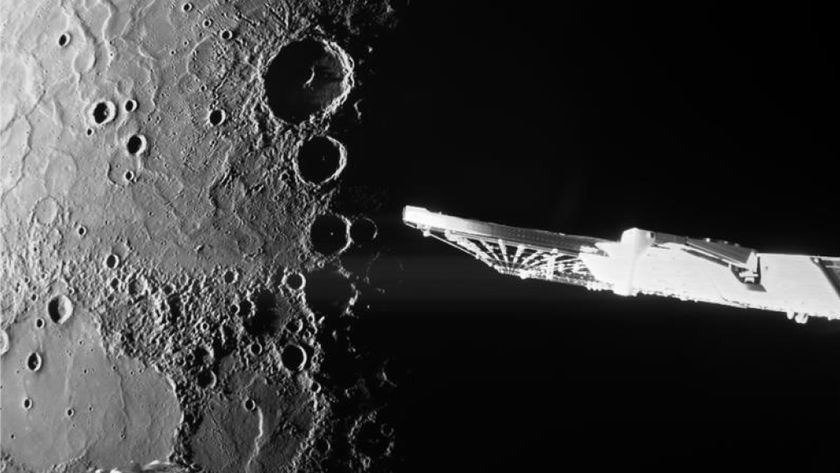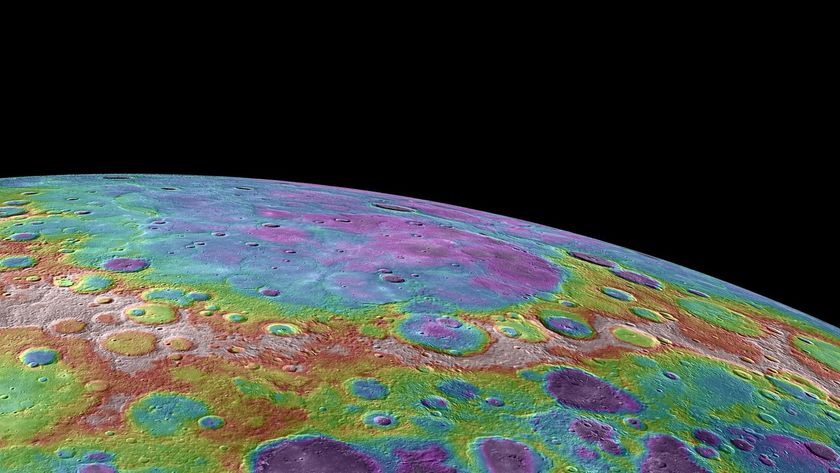Early Earth May Have Absorbed Mercury-like Object

A key ingredient of the early Earth may have been a chunk of rock much like Mercury, scientists say.
This finding could help explain how Earth's magnetic field has lasted for billions of years, researchers added.
Scientists think Earth formed at about the same time as the sun and the rest of the solar system about 4.6 billion years ago from a giant, rotating cloud of gas and dust. Earth and the other rocky planets coalesced from smaller asteroid-sized bodies that accreted or stuck together to form ever-larger chunks of rock. [Earth Quiz: Do You Know Your Planet?]
The meteorites that crash into Earth are usually thought to represent the building blocks that the planet grew from. However, Earth's crust and mantle puzzlingly have a higher proportion of the element samarium to the element neodymium than seen in most meteorites.
New experiments now suggest that the addition of a sulfur-rich Mercury-like body to the early Earth could explain this anomaly. This research could also help solve another mystery — how the Earth's magnetic field has lasted for billions of years.
"A Mercury-like body added to Earth during accretion would solve two important problems — that is, kill two birds with one stone," study co-author Bernard Wood, a geochemist at the University of Oxford in England, told Space.com.
Cooking up the Earth's core
The researchers performed experiments with samples of material under conditions mimicking those at which Earth formed — temperatures between 2,550 and 3,000 degrees Fahrenheit (1,400 and 1,640 degrees Celsius) and pressures of 1.5 gigapascals. For comparison, 1 gigapascal is nearly 10 times greater than the pressure at the bottom of the Mariana Trench, the deepest part of the ocean.
Sign up for the Live Science daily newsletter now
Get the world’s most fascinating discoveries delivered straight to your inbox.
The samples of material the scientists tested contained traces of elements such as samarium, neodymium, and uranium. These elements are normally chemically attracted to silicate rock, which makes up most of the Earth's crust and mantle. They do not usually dissolve in iron sulfide, which makes up a significant fraction of Earth's outer core.
The scientists found that if the early Earth incorporated a rocky body like Mercury, which is high in sulfur, this could make samarium and neodymium dissolve better in iron sulfide. This in turn would make samarium and neodymium more likely to sink down toward Earth's core.
However, samarium is more attracted to silicate rock than neodymium is. This would have made samarium a bit less likely to sink downward, which could explain why there is a greater proportion of samarium to neodymium in Earth's crust and mantle.
You live here, so we figure you ought to be well grounded in Earth facts. But you might find these questions a little tough and tricky. Good luck!
Earth Quiz: Do You Really Know Your Planet?

Magnetic field mystery
These experiments could also help solve a mystery concerning Earth's magnetic field.
Prior research suggests that Earth has possessed a magnetic field for at least 3.5 billion years. Earth's magnetic field results from churning metal in the planet's outer core, but it was uncertain how Earth's core could have remained molten for so long.
The new experiments revealed that if the early Earth engulfed a sulfur-rich Mercury-like body, uranium could have dissolved better in iron sulfide. This in turn would help uranium sink toward Earth's core. Uranium is a radioactive element that generates heat, which could have kept Earth's core molten.
Wood and study lead author Anke Wohlers at the University of Oxford detailed their findings in the April 15 edition of the journal Nature.
Follow us @Spacedotcom, Facebook and Google+. Original article on Space.com.













